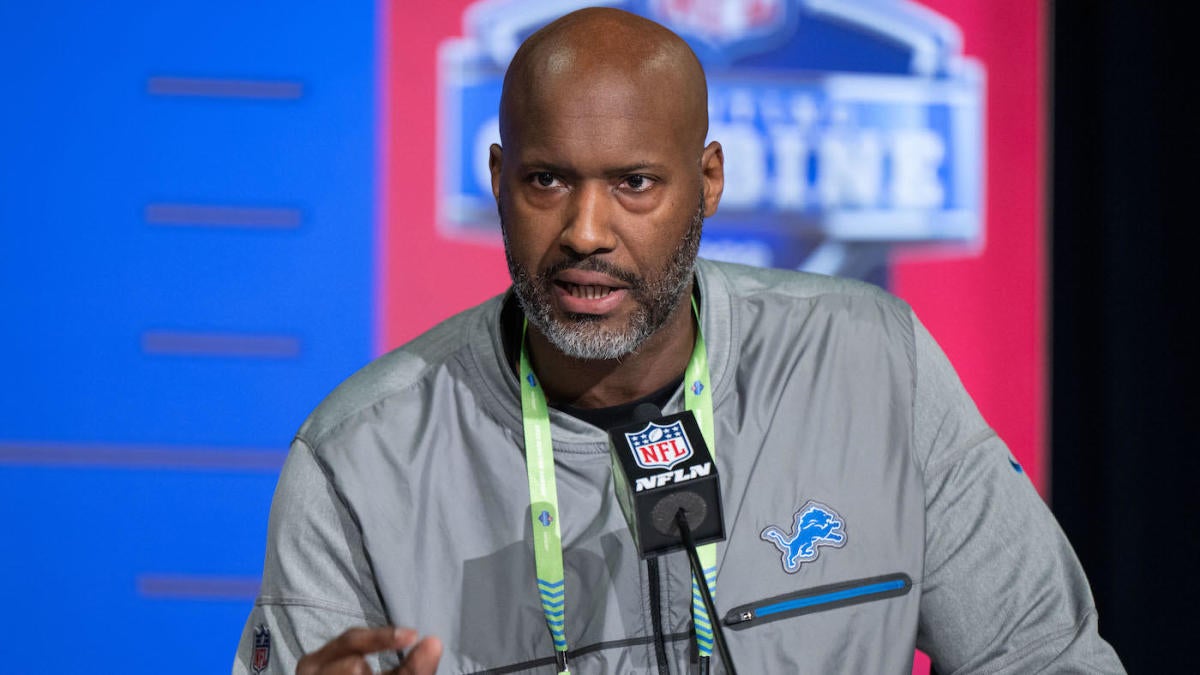The Detroit Lions’ 2025 NFL Draft journey reveals a captivating blend of strategy, constraints, and calculated risk-taking that paints a vivid picture of how modern NFL teams navigate complex roster-building scenarios. As the Lions approached the draft with limited selections yet pronounced needs—most notably on the pass rush—they demonstrated a blend of patience and assertiveness that deserves close examination.
Draft Capital Constraints Shape Bold Decisions
With only seven picks in the entire draft, including just one selection in each of the first four rounds, the Lions faced a significant challenge. Limited draft capital forces teams into a delicate balancing act: each pick carries heightened importance, and the traditional luxury to take chances or gamble on certain positions is sharply curtailed. Detroit’s strategic move to trade up for Georgia guard Tate Ratledge at 57th overall exemplifies this precision-driven approach. Rather than passively waiting for needs to serendipitously match available players, the Lions proactively shifted their draft position to secure a player they viewed as a priority.
This limitation placed a premium on every decision—not just because fewer picks meant fewer chances to add talent, but also because trading away later or uncertain picks can risk the overall depth needed to build both immediate starters and bench reinforcements. The Lions’ navigation of this constrained draft capital demonstrates a front office keenly aware of the tightrope between opportunity and risk.
Pass Rush: A Defining Challenge
The pass rush situation stands out as the most glaring concern for Detroit. Though the team boasts a marquee talent in Aidan Hutchinson, the depth and quality behind him were evidently insufficient. This defensive vulnerability steered much of the preseason and draft speculation, with reports indicating the team’s efforts to move up early in the draft to secure an elite pass-rusher fell short.
Yet, in a seemingly contradictory approach, the team refrained from addressing this positional urgency early in the draft. Their sixth-round selection of Ahmed Hassanein, a player with rotational potential, suggests a waiting game or a bet on development rather than immediate impact. This tactic invites scrutiny, especially in a league where defensive pressure often shifts game momentum.
Interestingly, the Lions’ prior acquisition of star edge rusher Za’Darius Smith via trade softened the blow of the draft’s pass rush gamble. The dual strategy of employing trades for proven talent and selective draft picks highlights a multi-pronged approach to a stubborn roster weakness. It underscores the organization’s recognition that the draft alone may not suffice to patch such a vital gap.
Trading Up: Calculated Opportunism
Reports of the Lions declining trade-up offers — notably turning down the Philadelphia Eagles’ overtures — reveal a disciplined front office that values draft capital and player evaluation over reactive moves. Brad Holmes’ expressed interest in high-upside talents and willingness to explore trades confirms a cautious but opportunistic philosophy.
This stance suggests the Lions were not simply chasing positional needs but assessing potential acquisitions on fit and value parameters rather than yielding to pressure or hype. The firmness in rejecting certain trade proposals implies confidence in their internal evaluations and a broader strategic vision.
A Holistic Draft Philosophy Reinforced
Rather than succumbing to drafting by need, Detroit’s approach favored talent alignment with their evaluation board. The selection of Ratledge on the offensive line, alongside skill position picks aimed at depth and development, portrays a front office prioritizing quality and sustainable roster construction over quick fixes.
This philosophy, while potentially risking short-term deficits at positions like pass rush, cultivates a roster architecture focused on integrating players suited to the team’s culture and longer-term goals. Building a squad that complements marquee players, rather than just filling holes, may pay dividends as prospects mature.
Weighing Immediate Needs Against Long-Term Ambitions
The Lions stand at a crossroads familiar to many NFL franchises: how to reconcile the drive for competitive relevance now with prudent roster development. The pass rush gap exemplifies this tension. Insufficient edge depth threatens to undermine defensive effectiveness, especially in a league that prizes pressure and disruption.
However, the front office’s blend of patience in the draft and willingness to engage in significant trades indicates a strategic balancing act. Acquiring Za’Darius Smith and making a bold trade-up for Ratledge demonstrate a commitment to advancing the team’s competitiveness while acknowledging draft limitations.
Conclusion: Embracing Complexity with Calculated Confidence
The Detroit Lions’ 2025 draft maneuvers illuminate the intricate decision-making processes shaping NFL team building today. Confronted with scarce selections and pressing positional needs, the franchise adopted a layered strategy—prioritizing draft board fit, exhibiting measured assertiveness in trades, and managing risk thoughtfully.
The tension between addressing the glaring pass rush vulnerability through draft conservatism and aggressive trades highlights a nuanced understanding of roster dynamics. Whether these efforts yield on-field success will hinge on player development, future roster moves, and adaptability.
Ultimately, Detroit’s blend of patience woven with opportunism sets a compelling blueprint for teams facing similar challenges: success in the NFL often demands not only talent acquisition but also strategic vision and the courage to navigate uncertainty with calculated risk-taking.












